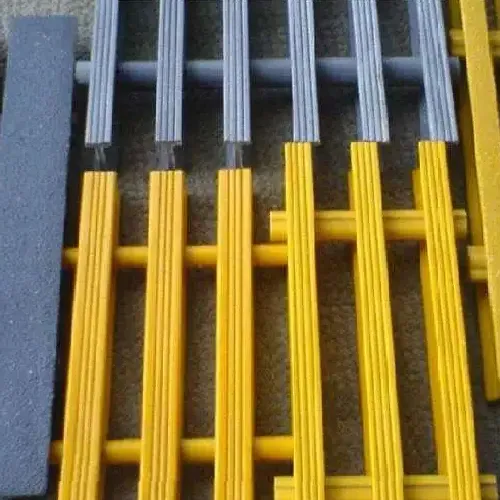loading...
- No. 9, Xingyuan South Street, Dongwaihuan Road, Zaoqiang County, Hengshui, Hebei, China
- admin@zjcomposites.com
- +86 15097380338
- Welcome to visit our website!
Understanding the Role of FRP Vessels in Modern Engineering Applications
An Overview of RO FRP Vessels
Reverse osmosis (RO) technology has become increasingly vital in today's quest for clean and safe drinking water. Among the various components that facilitate this process, FRP (Fiber Reinforced Plastic) vessels play a crucial role. This article aims to explore the significance, advantages, and applications of RO FRP vessels in water treatment.
What are RO FRP Vessels?
RO FRP vessels are specialized containers designed to house reverse osmosis membranes and filtration systems. The construction of these vessels utilizes fiber-reinforced plastic, a material known for its robust strength-to-weight ratio, corrosion resistance, and durability. FRP vessels are particularly suitable for the harsh operating conditions often associated with water treatment facilities, making them an indispensable part of the RO system.
Advantages of Using FRP Vessels
1. Corrosion Resistance One of the standout features of FRP vessels is their ability to resist corrosion. Unlike metal containers that can rust and degrade over time, FRP vessels remain intact even in contact with highly saline or acidic water. This characteristic ensures longevity and reduces maintenance costs considerably.
2. Lightweight Construction FRP materials are significantly lighter than their steel counterparts, which facilitates easier installation and transportation. This advantage is particularly beneficial in remote locations where heavy lifting equipment may not be available.
ro frp vessel

3. Thermal Insulation Thermal properties of FRP help in maintaining temperature stability within the vessel. This can be crucial for processes that require precise temperature control, ensuring optimal performance of the reverse osmosis system.
4. Cost-Effective While the initial investment in FRP vessels may be higher than traditional materials, their durability and low maintenance requirements lead to substantial cost savings over time. This makes them a financially sound choice for many water treatment facilities.
5. Versatility FRP vessels can be manufactured in various shapes and sizes, accommodating different operational requirements. Whether for large-scale industrial applications or small municipal plants, FRP vessels can be tailored to meet specific needs.
Applications
RO FRP vessels find applications in a wide range of industries. They are predominantly used in municipal water treatment facilities where the need for purified drinking water is paramount. Additionally, they are employed in industrial settings for process water purification, food and beverage production, pharmaceuticals, and even in desalination plants. Their adaptability and effectiveness make them essential in enhancing water quality across various sectors.
Conclusion
The integration of RO FRP vessels in reverse osmosis systems signifies a significant advancement in water treatment technology. Their superior properties, such as corrosion resistance, lightweight nature, and cost-effectiveness, position them as an optimal choice for modern water purification needs. As the global demand for clean water continues to rise amid growing environmental challenges, the role of RO FRP vessels will only become more critical in achieving sustainable water management solutions. Investing in quality FRP vessels is not merely a choice; it is a commitment to ensuring access to safe and clean water for communities around the world.
-
The Rise of FRP Profiles: Strong, Lightweight, and Built to LastNewsJul.14,2025
-
SMC Panel Tanks: A Modern Water Storage Solution for All EnvironmentsNewsJul.14,2025
-
GRP Grating: A Modern Solution for Safe and Durable Access SystemsNewsJul.14,2025
-
Galvanized Steel Water Tanks: Durable, Reliable, and Ready for UseNewsJul.14,2025
-
FRP Mini Mesh Grating: The Safer, Smarter Flooring SolutionNewsJul.14,2025
-
Exploring FRP Vessels: Durable Solutions for Modern Fluid HandlingNewsJul.14,2025
-
GRP Structures: The Future of Lightweight, High-Performance EngineeringNewsJun.20,2025
